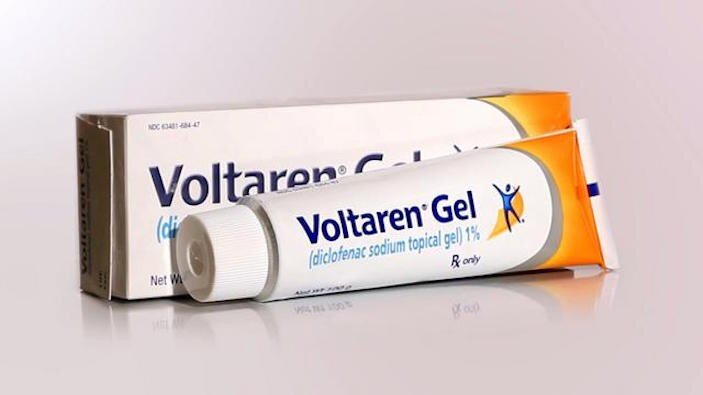North Carolina Investigating Pain Patient Advocate
/By Pat Anson, PNN Editor
Dr. Thomas Kline, a North Carolina physician who is an outspoken advocate for chronic pain patients, is under investigation by his state’s medical board, PNN has learned.
Kline voluntarily surrendered his DEA license to North Carolina Medical Board investigators on Monday, which temporarily prohibits him from prescribing opioid pain medication and other controlled substances to his patients.
The reason for the investigation has not been made public. Kline’s practice in Raleigh, NC specializes in treating patients with chronic and rare diseases, including some on relatively high doses of opioid medication. Kline has been a vocal critic of efforts to rein in opioid prescribing.
"Dr. Kline surrendered his DEA license voluntarily, at the request of the NC Medical Board. In connection with the surrender of his DEA license, Dr. Kline also provided medical records of his patients to NC Medical Board,” Kline’s office said in a statement.
“Dr. Kline will cooperate with the Board in order to ensure the well-being of his patients. Dr. Kline cares deeply about his patients and their needs at this time. However, he can no longer provide them with opiate pain medication.”
The state medical board would not comment on the investigation.
DR. THOMAS KLINE
“At this point there has been no public action taken, so I’m not able to confirm or deny what may have occurred with this licensee,” said Jean Brinkley, a spokeswoman for the North Carolina Medical Board. “Investigations are confidential under North Carolina law, so until there’s been an action that’s made public, we can’t discuss it.”
The medical board has no public record of any complaint or disciplinary action against Kline. “As of now, Dr. Kline has an active medical license with no specific restrictions from the board,” Brinkley told PNN.
Without his DEA license, Kline will be unable to prescribe opioids and other controlled substances until the state’s investigation is completed. A typical “quality of care” investigation by the board takes six months to a year to complete, according to Brinkley.
“The average number of days to close a case, from the date it was opened to the date it was closed, was 104 days in 2019. But I will say quality of care cases, because of the need to obtain an independent medical review, typically take longer than that,” she said.
In public hearings, news stories, social media and his own YouTube channel, Kline seeks to expose some of the myths surrounding opioid medication and the damage done to millions of patients who’ve been abruptly tapered off opioids because of fears about addiction.
“This has never been done before in the history of medicine, at least in this country, where people are forced to stop taking medicine that is effective, is working, without side effects, against their will,” Kline says in his YouTube series, Medical Myths Revealed.
“I’ve talked to people that have post traumatic stress about going to the doctor. They lie awake for 3 or 4 days before they go see the physician for fear of another reduction in their pain medicine. This is just awful.”
Many of Kline’s patients will face the same fate, If they are unable to find a new doctor willing to prescribe opioid medication.
Last year the Food and Drug Administration warned doctors not to abruptly discontinue or rapidly taper patients on opioid medication. The agency said it received reports of “serious harm in patients who are physically dependent on opioid pain medicines suddenly having these medicines discontinued or the dose rapidly decreased.” The harm includes withdrawal symptoms, uncontrolled pain, psychological distress and suicide.
In another video, Kline said he researched federal law and could not find a single reference to “overprescribing” opioids.
“Is prescribing high doses a criminal act? No. We’re doctors. We prescribe what is needed. There is no dosage limit for opiates. You can use 1,000 milligrams a day or 10 milligrams a day. It doesn’t matter as long as you’re not getting side effects,” he said.
The CDC’s controversial 2016 opioid guideline recommends no more than 90 MME (morphine milligram equivalent) a day. Although the guideline is voluntary and only intended for primary care physicians treating chronic pain, it has been implemented as law or policy in dozens of states, and by the North Carolina Medical Board.
Over 2,000 people died of opioid overdoses in North Carolina in 2018. As in other states, the vast majority of the deaths involved heroin or illicit fentanyl, not prescription opioids.


















